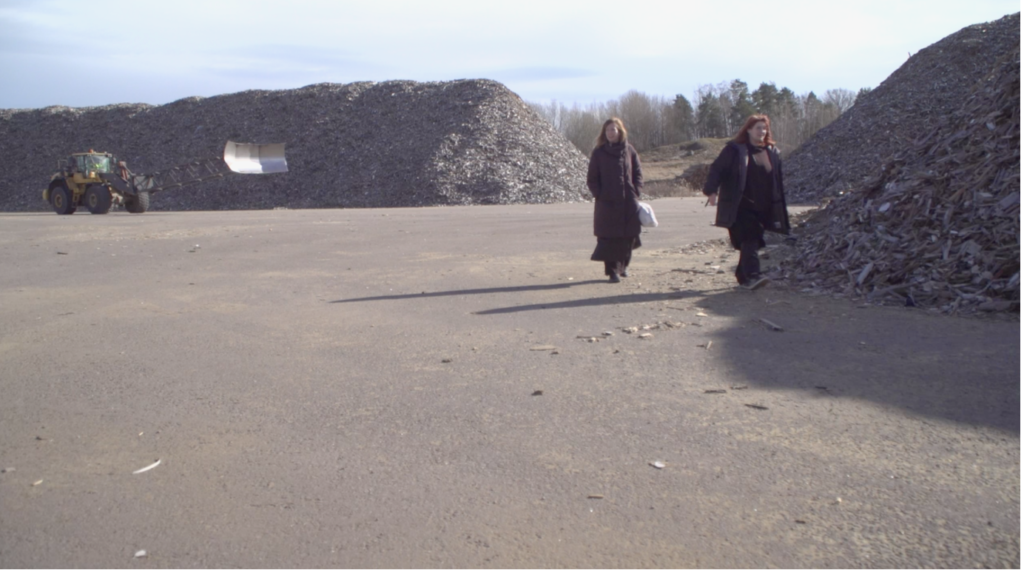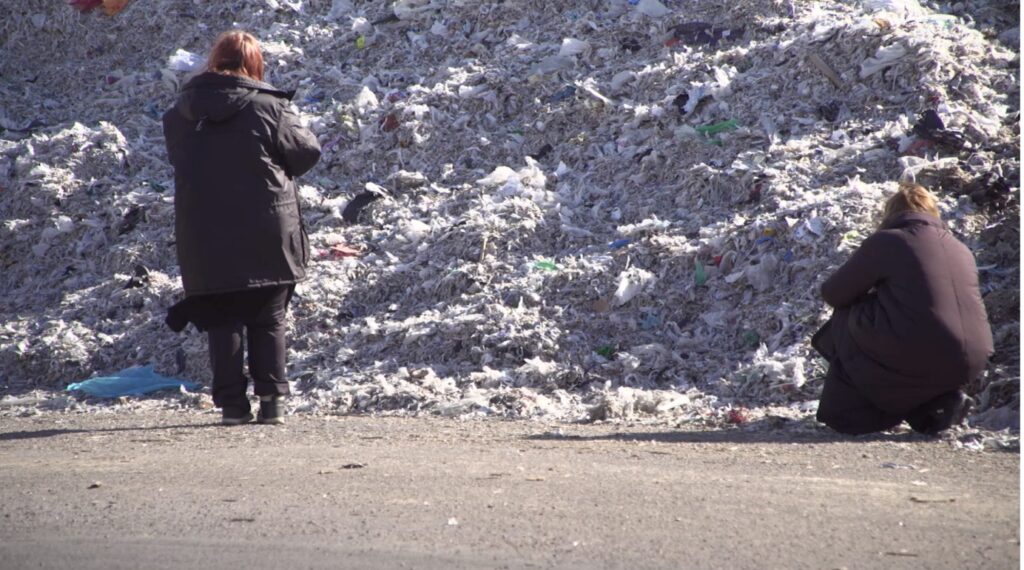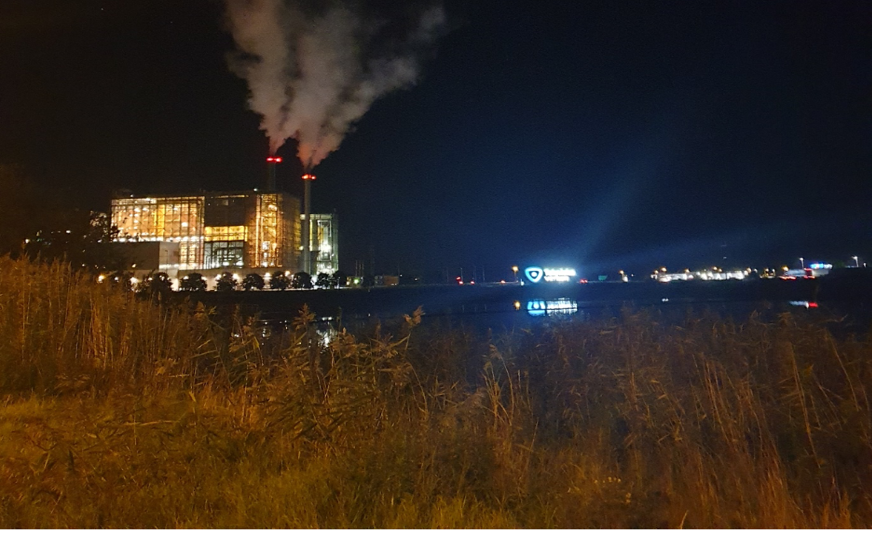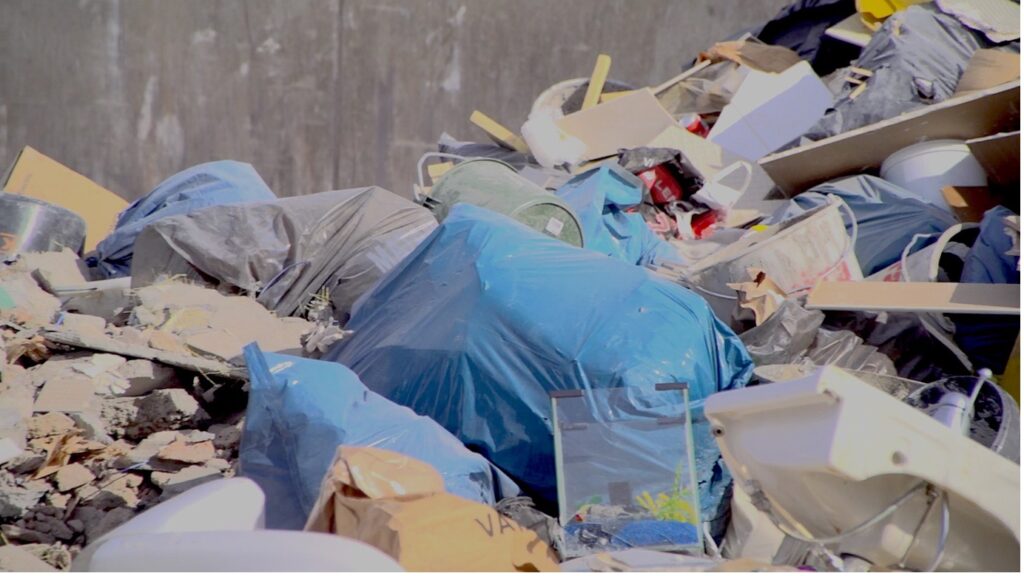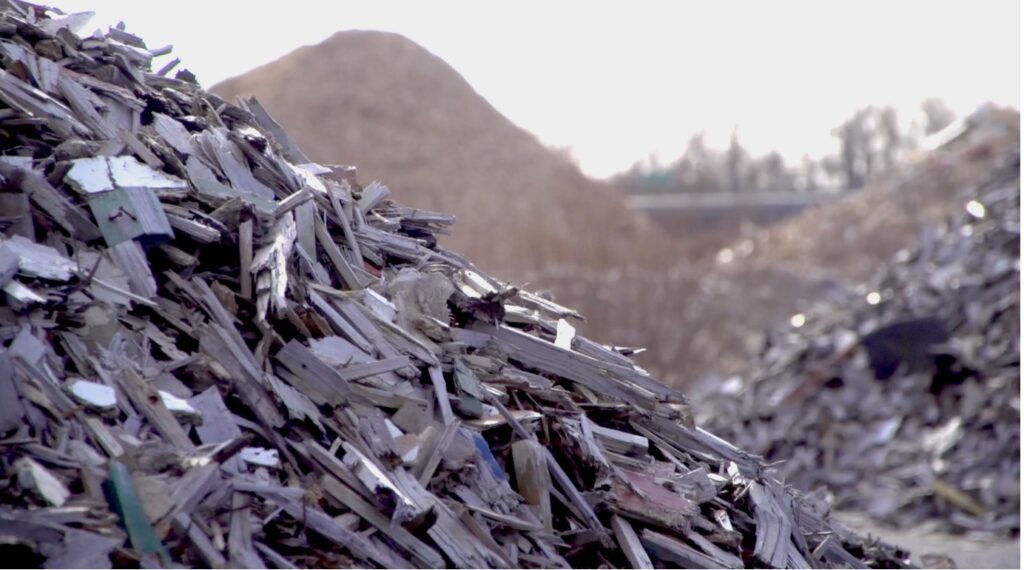Re-Configuring Intergenerational Justice and Hope
This project, run by professors Christina Fredengren and Cecilia Åsberg, and funded by FORMAS (2018–2022 and continuing), offers environmental humanities methodologies and feminist time philosophy perspectives on waste, energy, and heritage of the Anthropocene.
The project aim to deal with the major research question of how to better re-tie the material and immaterial knots between past, present and future generations, and to suggest ways forward for moving towards innovative ways of checking in with our post-natural and materializing clocks. The project is methodologically innovative and aspires to have high impact on the approaches to sustainability, intergenerational justice and care in postnatural heritage management. Our project more particularly deals with how an engagement with materialities of the past and its temporalities could be enrolled in care for relations and place, now, and in the future. The overall objective is to re-jig how heritage could be tied to sustainable development in better ways. This project is inspired by research such as the AHRC funded project Sustaining Time that explores what ‘times’ are needed to build a more sustainable society and what alternatives there could be to industrial clock-time or the networked time of economics. This emerging field of research deals with innovative ways of intervening in dominant tempos, rhythms and flows by ‘designing time’ in new ways.
The designing of time, and trade-offs on what generation’s time is counted and who’s time is not, comes to the fore in issues of climate change and sustainable development. How to handle responsibilities and care between generations is of major importance in the transitions to sustainable futures. That heritage has links to more sustainable living and contributes to social, economic and environmental development has been discussed by many. However, there has been less discussion of how heritage tie in with the formation of time, and questions of justice between past, present and future generations. And perhaps the garbage of today is the heritage of tomorrow? This project also responds to the need for research into how people and local communities get to engage with the deep-time relations of their lives and what other potential times and ‘environmental clocks’, that could be encountered through heritage and garbage, like at the waste-to-energy plant in the municipality of Linköping.
Of particular interest to the current research proposal is the time philosophies that show how sustainability is connected to a re-jigging of temporalities and responsibilities to both human and more than human others, and to discuss commitments that stretch over time. So far, traditional heritage management have had very little engagement with the thoughts and practices that spring out of the environmental humanities. Our research makes such connections, as it is located in this space between these different fields of research. It will draw together these discussions and contribute with a case-based study in order to add deep time perspectives in a variety of future makings.
Waste and Deep Time Futures for Multispecies Linköping
The garbage incineration facility of Tekniska Verken, for the benefit of heating Linköping municipality, is located close by highway route E4, here captured by night. This is a contemporary high-tech waste-to-energy-plant, almost futuristic in design at the landscape site of Gärstad in Östergötland. Gärstad is also a very multi-temporal site, sitting on top of old remains of an iron age sanctuary excavated by archaeologists years ago. For the future, this site is creating our CO2 and climate future heritage – spreading our local waste economy far beyond the Swedish borders as global warming and emissions. To keep the furnace burning, and for our energy systems at home (keeping us warm in Linköping), we even import garbage from all over Europe, for instance the UK. The toxic fly ashes are carefully filtered and collected, for deposition in an abandoned Norwegian limestone mine on an island in the Atlantic. This deposition site is however quite full now, and it leaks into the Atlantic. The sewage water of the municipality, carefully filtered in the managed silt and sediment ponds on location in Gärstad, acts like a bird sanctuary too – alluring new more southern species to our northern climes.
